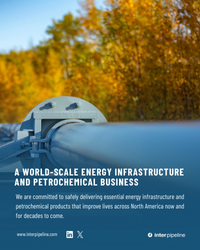When the calendar flipped from June to July, it did more than just close the book on the first half of 2023, it also allowed some oil pipelines regulated by the Federal Energy Regulatory Commission (FERC) to increase their rates by more than 13%. Yes, you read that correctly. This is the largest increase in the index rate since FERC initiated its current methodology in 1992 and follows last year’s increase of almost 9%. In today’s RBN blog, we look at what’s going on with index rates at FERC and what it means for producers and shippers alike.
Let’s start with some background. As we explained in Now Here You Go Again, rate indexing was part of FERC’s response to congressional direction in the Energy Policy Act of 1992 to simplify the regulation of oil pipeline rates. (If you need a refresher on how indexing works, it would be helpful to read that blog.) Ever since FERC took over the regulation of oil pipeline rates from the Interstate Commerce Commission in 1977, the system of regulation had been burdensome and complicated. So, while FERC kept some of the onerous stuff like full cost-of-service reviews for certain situations (new services and company-specific complaints, primarily), the industry norm became indexing. These days, the vast majority of all liquids-pipeline rates are capped based on the index, meaning that in markets where competition doesn’t push the rates lower than the cap, the indexed rate is what’s really charged. (It’s also worth noting that while index rates have increased more drastically recently, they have moved up and down over the past 10 years, as shown in Figure 1.)
Join Backstage Pass to Read Full Article









